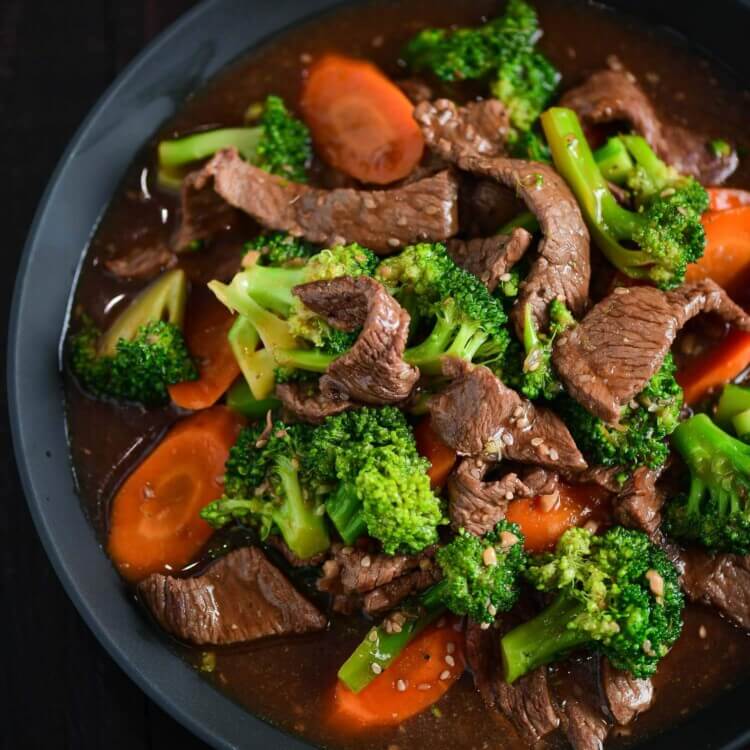Explore Delicious Filipino Food Recipes for Every Meal.
Discover Delicious Filipino Food Recipes for Every Celebration
Filipino food is an abundant tapestry of tastes and practices, offering an excellent choice of recipes suitable for any type of event. From the robust preference of Sinigang to the celebratory Lechon, each meal informs a story deeply rooted in cultural heritage. Whether you seek quick meals for a hectic weeknight or sophisticated recipes for joyful events, there is something to satisfy every taste buds. As we check out these cooking gems, one could wonder which dishes truly embody the essence of Filipino friendliness and taste.
Standard Filipino Cuisines
Conventional Filipino dishes show the rich social heritage and diverse impacts that have actually shaped the Philippines over centuries. These cooking developments are not just nutrition but symbolize the background, customs, and worths of the Filipino people (Filipino food recipes). Influences from indigenous methods, along with Spanish, Chinese, and American culinary practices, merge to develop a lively combination of tastes
Standard recipes such as adobo, sinigang, and lechon display the balance of wonderful, sour, and tasty components characteristic of Filipino cuisine. Adobo, commonly regarded as the informal nationwide dish, includes seasoned meat slow-cooked in vinegar, soy sauce, and spices, offering a tantalizing mix of tastes.
Furthermore, local variations add depth to typical dishes, permitting an abundant tapestry of cooking methods. Each recipe narrates, promoting links amongst family members and neighborhoods, inevitably enriching the Filipino cultural identity via shared cooking experiences.
Quick and Easy Recipes

One popular alternative is "Tortang Talong," an eggplant omelet that requires simply a few active ingredients. Just grill and mash the eggplant, blend it with beaten eggs, and pan-fry till golden brownish. Another simple dish is "Sinigang sa Miso," a fascinating sour soup that can be prepared in under thirty minutes by simmering fish or meat with miso paste, tomatoes, and numerous vegetables.
For a fast side, consider "Garlic Fried Rice" or "Sinangag," which changes leftover rice into a full-flavored accompaniment by sautéing it with garlic and oil. By making use of these quick dishes, you can savor the rich and varied flavors of Filipino cuisine while suiting a busy way of life. These recipes not only please cravings however also bring a taste of home to your table, making them ideal for any type of celebration.

Festive Celebration Faves
Parties in Filipino society are typically marked additional hints by a dynamic array of meals that reflect the nation's abundant heritage and culinary diversity. Cheery celebrations, such as birthdays, wedding events, and holidays, include a remarkable spread of typical specials that not only entice the preference buds yet additionally cultivate a sense of area and togetherness.
Among the most cherished cheery faves is lechon, a whole baked pig understood for its crispy skin and delicious meat, frequently acted as the centerpiece of any grand party. Another staple is pancit, a noodle meal symbolizing lengthy life and prosperity, which can be found in countless regional variations like pancit canton and pancit bihon.
For sweet deals with, bibingka-- a rice cake typically made with coconut milk and covered with salted eggs-- is an essential during Xmas festivities, while leche flan, an abundant caramel custard, works as a popular dessert at different celebrations. Filipino food recipes.
Finally, no Filipino feast is total without lumpia-- crispy spring rolls loaded with a blend of vegetables and meat. These recipes, steeped in practice, not only satisfy the taste but additionally reinforce social bonds, making every event remarkable.
Home Cooking Standards
While click over here lots of recipes special info in Filipino food are associated with cheery celebrations, home cooking standards offer a cozy welcome that stimulates feelings of nostalgia and home. These cherished recipes typically show the abundant social heritage of the Philippines, mixing tastes and appearances that reverberate with generations.
One essential comfort food is Sinigang, a sour tamarind soup, frequently made with pork or shrimp and a range of vegetables. Its cozy, zesty brew uses solace on wet days, making it a staple in lots of homes.
Lumpiang Shanghai, crispy springtime rolls loaded with ground pork and veggies, are often served at gatherings and taken pleasure in as a snack. Finally, Arroz Caldo-- a calming rice porridge improved with ginger and covered with fried garlic-- supplies warmth and nutrition, especially throughout health problem.
These home cooking classics not only please cravings yet likewise act as a tip of the love and care instilled into every home-cooked dish.
Sweet Treats and Desserts
Filipino food provides a fascinating range of pleasant treats and desserts that astound the taste buds and mirror the country's vivid culinary society. Among one of the most renowned is Leche Flan, an abundant custard dessert made with eggs, compressed milk, and caramelized sugar, offering a luscious texture and wonderful taste that is alluring. Bibingka, a rice cake commonly delighted in throughout the Christmas period, is made from rice flour, coconut milk, and sugar, often topped with salty eggs and cheese, creating a savory-sweet balance.
An additional popular treat is Halo-Halo, a refreshing concoction of smashed ice, sweetened fruits, jellies, and beans, topped with leche flan and ube ice lotion, making it an excellent treat for cozy climate. Turon, or caramelized banana spring rolls, incorporates ripe bananas and jackfruit covered in a crispy covering, offering a wonderful crisis.
Lastly, Puto, steamed rice cakes typically appreciated as a snack or side dish, been available in numerous tastes and colors. These desserts not only showcase the diverse ingredients available in the Philippines but also highlight the abundant traditions and celebrations that accompany them, making each bite a wonderful experience.
Conclusion
In conclusion, the exploration of Filipino food discloses an abundant tapestry of flavors and traditions that provide to varied events. From conventional recipes to fast recipes, each offering reflects the social heritage and cooking creativity of the Philippines.